
REINFORCING EFFORT AND PROVIDING RECOGNITION Classroom Recommendations
 المؤلف:
Jane D. Hill Kathleen M. Flynn
المؤلف:
Jane D. Hill Kathleen M. Flynn
 المصدر:
Classroom Instruction that works with English Language Learners
المصدر:
Classroom Instruction that works with English Language Learners
 الجزء والصفحة:
P88-C9
الجزء والصفحة:
P88-C9
 2025-09-15
2025-09-15
 254
254
REINFORCING EFFORT AND PROVIDING RECOGNITION
Classroom Recommendations
Classroom Instruction That Works makes two classroom recommendations related to reinforcing effort.
1. Explicitly teach students the importance of effort. This recommendation will benefit ELLs and English-dominant students alike. It involves telling students personal stories from your own life about times when effort led to success. You can also provide students with examples from the lives of well-known people (e.g., sports stars, historical figures, political leaders). If it is an Olympic year, remind students to pay attention to the “up-close and personal” stories of the athletes, which are loaded with examples of effort leading to achievement. One rarely hears athletes credit their success to luck.
Consider asking ELLs to share their language learning experiences. English-dominant students may not have any conception of what it takes to learn a second language.
2. Track effort and achievement. Students can use graphs or charts to see the correlation between effort and the progress of their achievement. Figure 1 depicts an effort rubric from Classroom Instruction That Works. Preproduction and Early Production students will benefit if the linguistic complexity of the chart in Figure 1 is reduced, as shown in Figure 2.
For mainstream students, you can use an achievement rubric like the one shown in Figure 3. Figure 4 depicts an achievement rubric adapted for ELLs. Depending on their language stage, students can either read the chart themselves or have the teacher or another student help them with it. Both ELLs and English-dominant students can use the effort and achievement chart in Figure 5.
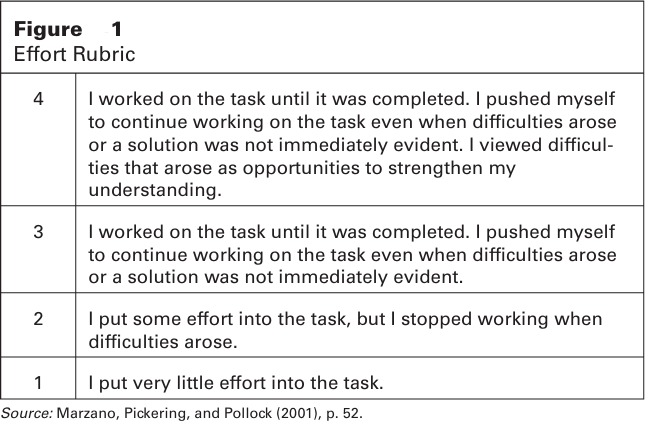
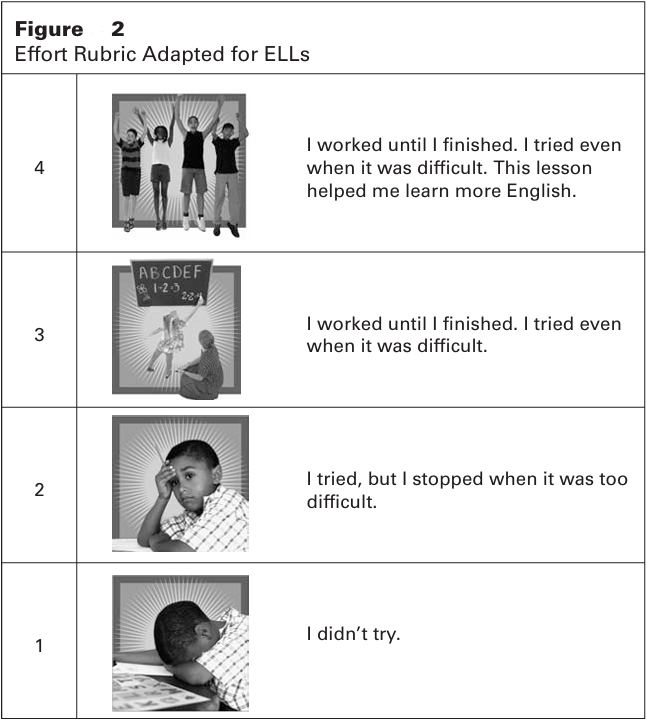
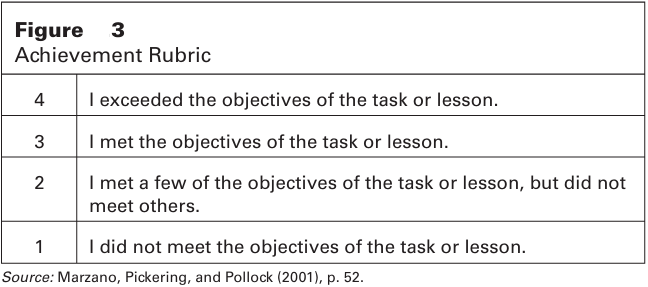
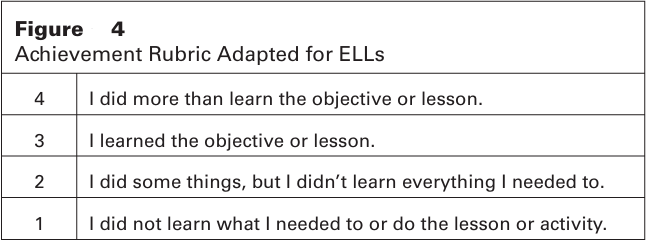
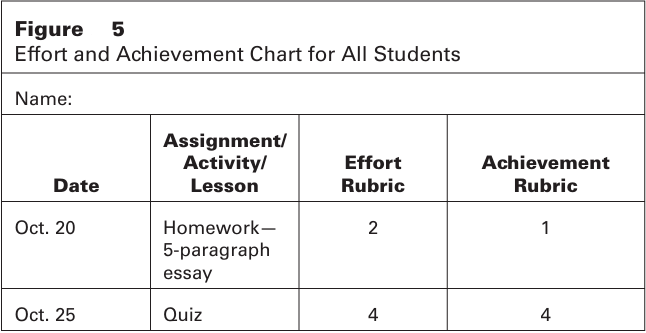
Below is a classroom example in which students tracked their levels of effort and resulting achievement. You will need to help ELLs by using strategies appropriate to their level of language acquisition. As always, keep in mind your tiered questions and the Word-MES formula.
 الاكثر قراءة في Teaching Strategies
الاكثر قراءة في Teaching Strategies
 اخر الاخبار
اخر الاخبار
اخبار العتبة العباسية المقدسة


